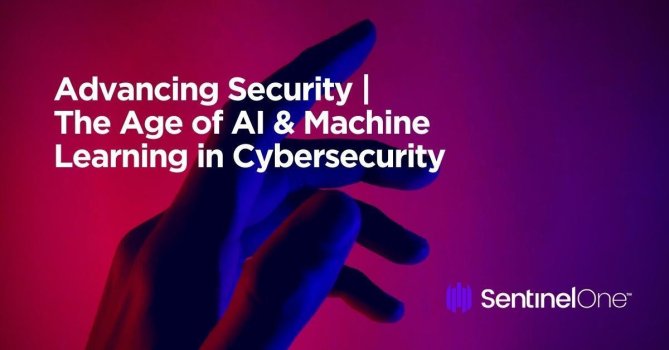Modern cyber attackers’ tactics, techniques, and procedures (TTPs) have become both rapid and abundant while advanced threats such as ransomware, cryptojacking, phishing, and software supply chain attacks are on an explosive rise. The increasing dependence global workforces have on digital resources adds another facet to a growing cyber attack surface we all now share. In an effort to stand up to these challenges, businesses task their CISOs with developing, maintaining, and constantly updating their cybersecurity strategies and solutions.
From a tactical standpoint, CISOs ensure that their business’s security architecture can withstand the ever-shifting modern threat landscape. This means choosing the right tool stack that is capable of combating complex cyber threats at the breakneck speed in which they appear. As single-layer, reactive security solutions can no longer keep up with increasingly sophisticated cybercriminals, CISOs now have to stack multi-layered and proactive solutions together to build an adequate defense posture.
Advanced Threats Call for Advanced Solutions
Today, many CISOs know that artificial intelligence (AI) and machine learning (ML) are needed to accelerate and automate the quick decision-making process needed to identify and respond to advanced cyber threats. AI is designed to give computers the responsive capability of the human mind. The ML discipline falls under the umbrella of AI. It continuously analyzes data to find existing patterns of behavior to form decisions and conclusions and, ultimately, detect novel malware.
The task of building the right security stack is also one constantly under discussion, even on a federal level. In May 2022, the U.S. Senate Armed Forces Committee’s Subcommittee on Cyber held a congressional hearing on the importance of leveraging artificial intelligence and machine learning within the cyberspace. This hearing, including representatives from Google and the Center for Security and Emerging Technology at Georgetown University, discussed the use of AI and ML to defend against adversary attacks, effectively organize data, and process millions of attack vectors per second, far surpassing any human-only capability at threat detection.
Continue reading: https://www.sentinelone.com/blog/advancing-security-the-age-of-ai-machine-learning-in-cybersecurity/
From a tactical standpoint, CISOs ensure that their business’s security architecture can withstand the ever-shifting modern threat landscape. This means choosing the right tool stack that is capable of combating complex cyber threats at the breakneck speed in which they appear. As single-layer, reactive security solutions can no longer keep up with increasingly sophisticated cybercriminals, CISOs now have to stack multi-layered and proactive solutions together to build an adequate defense posture.
Advanced Threats Call for Advanced Solutions
Today, many CISOs know that artificial intelligence (AI) and machine learning (ML) are needed to accelerate and automate the quick decision-making process needed to identify and respond to advanced cyber threats. AI is designed to give computers the responsive capability of the human mind. The ML discipline falls under the umbrella of AI. It continuously analyzes data to find existing patterns of behavior to form decisions and conclusions and, ultimately, detect novel malware.
The task of building the right security stack is also one constantly under discussion, even on a federal level. In May 2022, the U.S. Senate Armed Forces Committee’s Subcommittee on Cyber held a congressional hearing on the importance of leveraging artificial intelligence and machine learning within the cyberspace. This hearing, including representatives from Google and the Center for Security and Emerging Technology at Georgetown University, discussed the use of AI and ML to defend against adversary attacks, effectively organize data, and process millions of attack vectors per second, far surpassing any human-only capability at threat detection.
Continue reading: https://www.sentinelone.com/blog/advancing-security-the-age-of-ai-machine-learning-in-cybersecurity/

